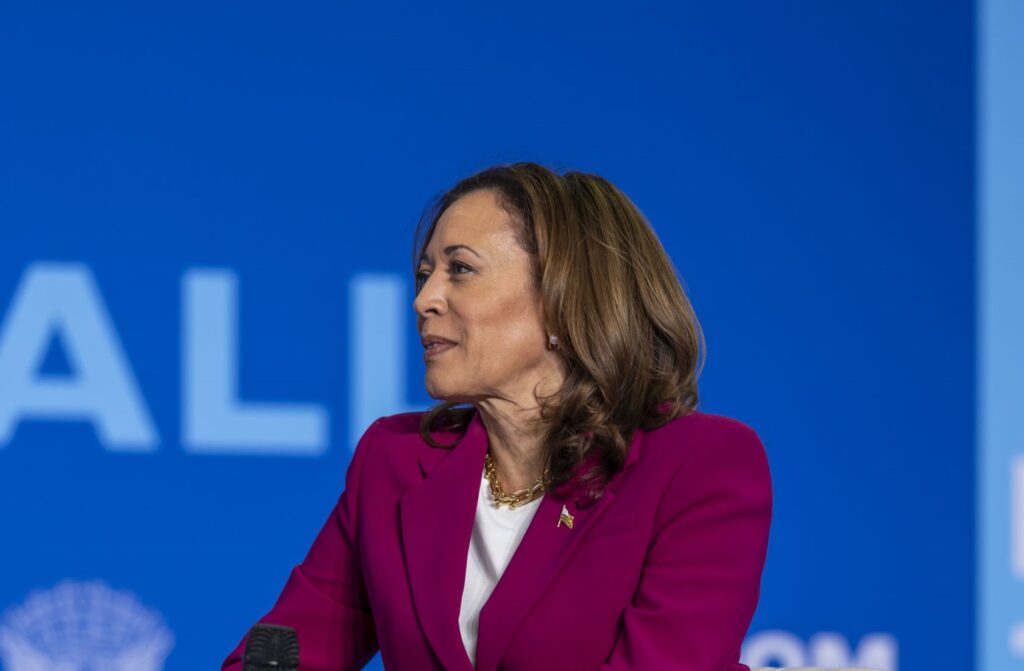Kamala Harris’s Proposed Capital Gains Tax Rate for 2024: Highest Since 1978
As part of the 2024 presidential campaign, Vice President Kamala Harris is proposing to tax long-term capital gains at a top rate of 33 percent for high earners, reaching levels not seen since 1978.
Historical Context of Capital Gains Tax Rates
The highest capital gains tax rates in history date back to the 1920s, when the rate peaked at 77 percent. These rates began to decline in 1922 due to concerns over decreasing tax revenues. Since 1954, capital gains tax rates have generally been lower than ordinary income tax rates, promoting a more balanced approach to taxation.
In 1978, Congress reduced the effective top capital gains tax rate from 39.875 percent to 28 percent, with some taxpayers experiencing up to 49.875 percent due to additional tax interactions. By 1981, the Economic Recovery Tax Act lowered the rate further to 20 percent, which led to increased realizations and nearly doubled tax revenue from capital gains between 1978 and 1985.
Impact of the 1986 Tax Reform Act
For a period after the 1986 Tax Reform Act, both ordinary income and capital gains were taxed at a 28 percent rate, resulting in a sharp decline in capital gains realizations and revenue. Since then, capital gains tax rates have remained below 30 percent.
Harris’s 2024 Proposal
Harris’s proposal aims to raise the top rate on capital gains to 33 percent for taxpayers earning more than $1 million. This includes increasing the long-term capital gains rate from 20 percent to 28 percent and the net investment income tax (NIIT) rate from 3.8 percent to 5 percent. Despite not reaching the peaks of the 1970s, a 33 percent rate would be the highest in modern times.

State and Local Capital Gains Taxes
The current top combined capital gains tax rate is 29.1 percent, comprising the 20 percent capital gains tax rate, the 3.8 percent NIIT, and an average state and local rate of 5.3 percent. Harris’s proposals would boost the top combined tax rate on capital gains to 38.3 percent, making it the second highest in the OECD, next to Denmark’s 42 percent. Dividends would also face nearly the highest tax rate in the OECD under her plan.

Balancing Taxation on Saving and Consumption
A tax code neutral between saving and consumption would not tax returns on savings like capital gains. However, under the US approach, capital gains are taxed at lower rates than ordinary income to encourage saving. Excessive taxation on capital gains could discourage saving and make the US an outlier internationally.
Conclusion: Impacts and Policy Recommendations
Increasing the capital gains tax rate as proposed by Harris would lead to levels not seen since the 1970s, burdening savers when saving rates are already low. Policymakers should focus on initiatives that encourage Americans to save more, enhancing financial security and fostering greater investment.
Stay informed on the tax policies impacting you.
Subscribe to get insights from our trusted experts delivered straight to your inbox.
Share



